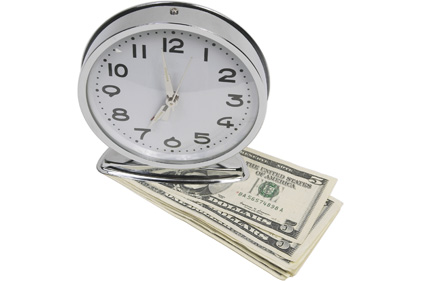Investments reflect values
I was on the phone once with an executive vice president of a multinational manufacturing company in the auto industry. His business unit was operating in Brazil. I asked him for evidence he valued safety. He told a remarkable story. His business unit had been successful and the company was going to increase his volume by 50 percent. He could have incorporated the volume into his existing plant but his safety professional estimated an increase in incidents because of cramped conditions and added bodies. So he chose to tell his CEO — who I met and can tell you was a very “bottom line” executive — that he chose to spend an extra $50 million U.S. dollars to build a new plant to avoid the negative safety outcome. The plant was built and his incident rate dropped substantially. Here’s the kicker: they were so successful that the volume kept increasing and he already had the facility in place to accept the challenge. The safe choice turned out to be the best for production. I checked this story
out; he was a legend in the
company’s safety community.
Decisions reflect values
A little closer to home, literally 45 minutes from my home, I’ve made a great association with the VP of operations at a grocery distribution company. He had been helping me with my research and student practicum projects. One he got me in on was the implementation of technology for product selection. Workers wear headsets connected to the site computer via RF signals. In a simulated voice, the computer would dictate the next product to be picked, where it is, and how many to get. Such a technology would decrease picking errors below one in every 2,000 items selected and would boost production (tons per hour) by 30 percent. This promised to save the operation $1.5 million a year. His underlings were fired up about the implementation and fell over themselves to show the VP that they were planning a quick adoption.
But the VP stopped them in their tracks. He asked, “If our selectors (who drove hand trucks around the warehouse) have these headsets on, how will they hear other traffic and pedestrians in their path?” He was willing to delay implementation of this technology, lose the immediate savings, until the safety questions were addressed. They did address safety and found excellent functionality in the technology to allow them to address other communication and quality issues.
Reactive values
Too often, safety isn’t part of the value system of a company. Real actions around safety occur only after a bad result. Someone gets hurt, bad. A disaster happens. Only then does money (“value”) seem to flow into actions to REactively change things.
In both of the companies above, safety was a value statement. Decisions were made with safety in mind that drove investment decisions, actions, and successful safety results.
The value puzzle
By now your pressing me arguing that “values” go beyond money. OK, I’ll bite. Let’s take the old management adage, “Time is money.” If this is true, then another objective, tangible set of behaviors to reinforce is spending time on safety (which, I would argue, is still money because
your paying those who spend time on safety).
Do important business meetings, where high-salaried individuals are flown in, have safety as an agenda item? Do plant operations meetings go beyond the droll “safety moment” startups where someone simply states safety stats? Do they attack safety issue with as much time as needed? Does safety training account for the time it deserves among new and old workers paid by the hour?
Does your company allow time for employees and supervisors to team up monthly to review observation and open-reporting (close calls and minor injury) data to trend and intervene?
Most importantly, does your company allow time for employees to observe each other in earnest and have real on-the-moment safety conversations that they can then share with the team later?
A final piece of the “value” puzzle is also a behavior I can see and reinforce. Are you willing to put your reputation on the line for safety?
Heck, that’s what we are asking our people to do, right? We’re asking the executive to go to the boardroom and ask the safety question. We are asking the VP and managers to pause their impressing production efforts to ask the safety question. Most importantly, we ask a worker to pause. To go up to another worker and show the courage to actively ask the safety question crucial for that situation.


